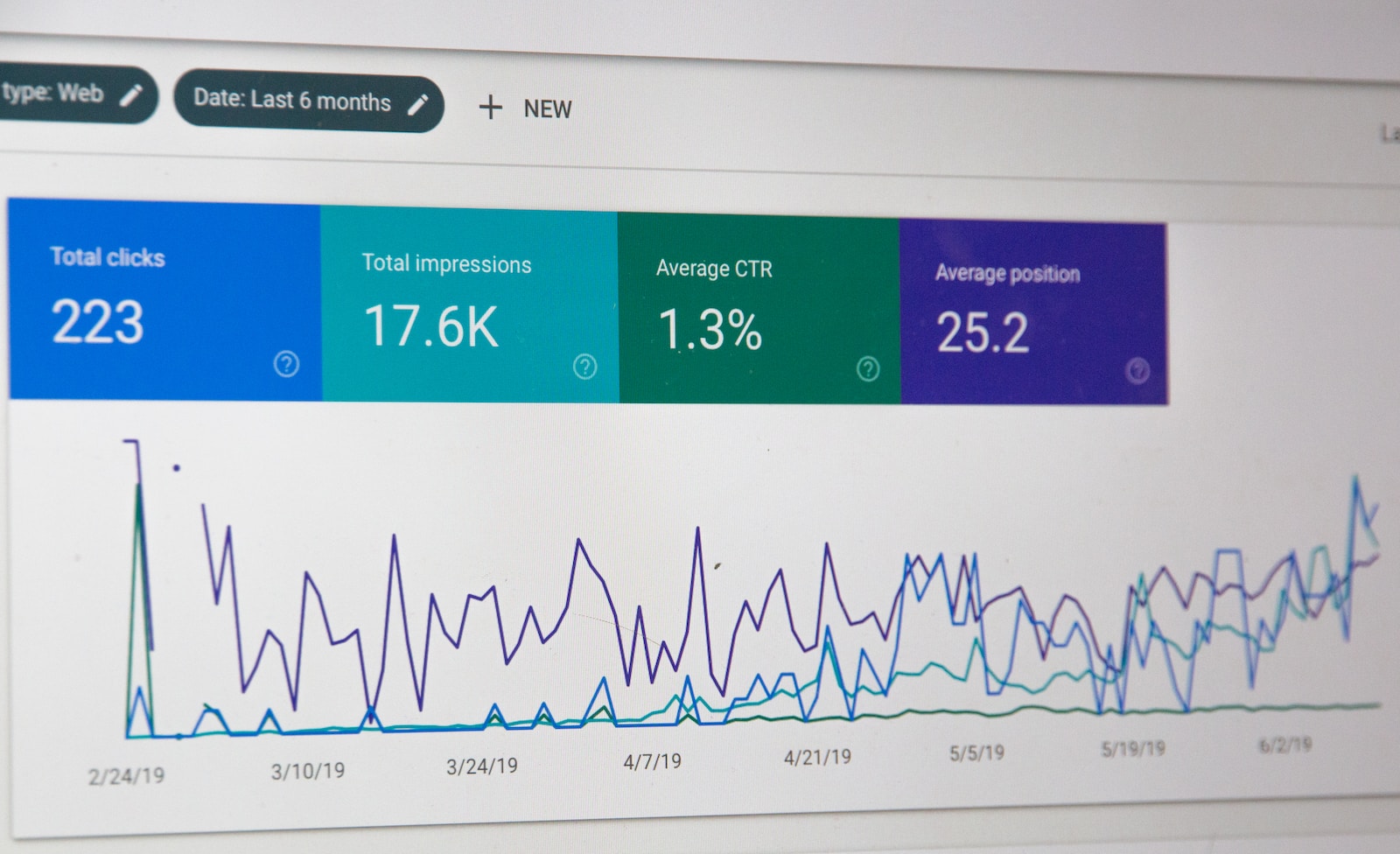
Not Gonna Lie, You’ve Been Doing SEO Wrong All Along
Keywords are the backbone of search engine optimization (SEO) campaigns. They play a vital role in helping search engines such as Google comprehend the intention of your website. When a user types in a particular search query, search engines assess and associate relevant websites to the user’s search intent. If your website includes relevant keywords, search engines are more likely to display it in the search results.
In this article, we will explore the importance of keywords, how they work, and strategies for incorporating them into your SEO campaigns.
What Are Keywords?
Keywords are specific words or phrases used to describe the content of a webpage. These are the terms that people use when searching for information online. For example, if someone is searching for “best restaurants in New York City,” then the keyword for this search query would be “best restaurants in New York City.”
Why Are Keywords Essential for SEO?
Keywords play a vital role in SEO because they help search engines understand the intent of your website. Search engines use algorithms to analyze web content, evaluate its relevance to the search query, and provide the best results to users.
Here are some reasons why keywords are essential for SEO:
1. Improve Ranking: Keywords help websites rank higher in search engine results pages (SERPs). Search engines rank websites based on the relevance and quality of their content. Websites with more relevant keywords typically rank higher in SERPs, which makes them more visible to users.
2. Increase Traffic: Using relevant and high-quality keywords can help attract more traffic to your website. When users search for specific keywords, they are more likely to click on a website that matches their search query.
3. Identify Target Audience: Keywords can help identify your target audience. By researching and analyzing the keywords used by your target audience, you can create content that is more relevant to their interests and needs.
4. Competitor Intelligence: Analyzing competitor keywords can provide insights into their SEO strategies. By understanding the keywords they are targeting, you can develop a strategy to compete with them.
How Do Keywords Work in SEO?
Once you have identified the relevant keywords for your website, the next step is to incorporate them into your content. Here are some strategies for using keywords in your SEO campaigns:
1. Content Creation: Use keywords when creating web content, including titles, headings, and body text. Ensure that the content is high-quality, relevant and provides value to the user.
2. Keyword Research: Use keyword research tools to identify relevant, high-traffic keywords for your niche. Some popular keyword research tools include Google Keyword Planner, SEMrush, and Ahrefs.
3. Long-Tail Keywords: Target long-tail keywords, which consist of longer phrases, rather than a single word. Long-tail keywords are typically less competitive and more specific to user intent, which can increase the chances of ranking higher in SERPs.
4. Keyword Density: Avoid stuffing keywords into your content. Ensure that your keyword density is around 1-2%, as an overuse of keywords can lead to a lower ranking in SERPs.
5. Meta Tags: Use meta tags, including meta titles and descriptions, to incorporate your keywords. Meta tags provide additional information to search engines about the content of a webpage.
Conclusion
In summary, keywords are crucial for SEO success. They help search engines understand the intent of your website and provide the best results to users. By incorporating relevant, high-quality keywords into your content and using strategies such as long-tail keywords and meta tags, you can improve your website’s ranking and attract more traffic. Mastering the power of keywords is the key to SEO success.


